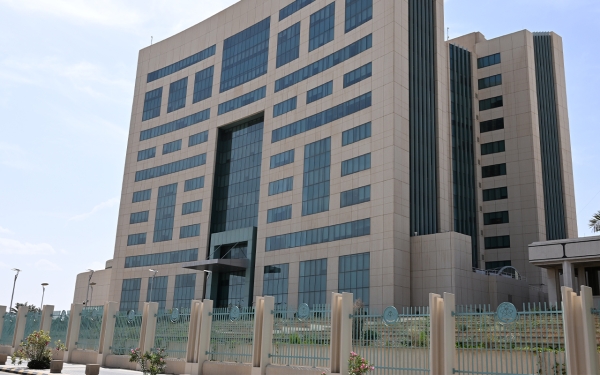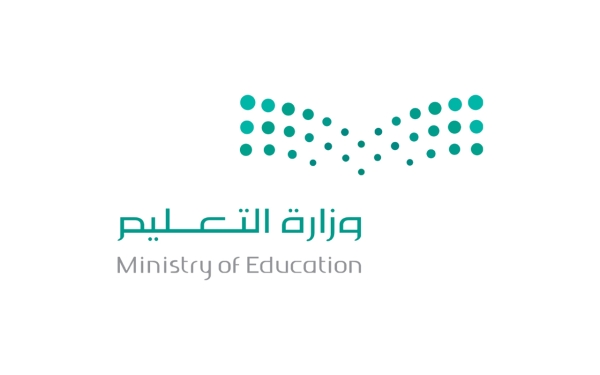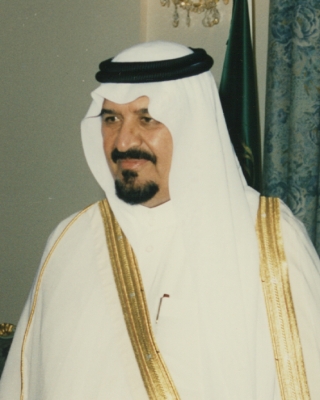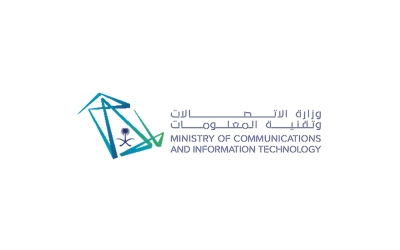


The Ministry of Education is the entity responsible for implementing education policies in the Kingdom of Saudi Arabia. It was established in 1953 as the Ministry of Knowledge. It was headed by twelve ministers over seventy-one years.
History of the Ministry of Education
The Ministry of Education has been headed by one of the sons of the Founding King Abdulaziz Bin Abdulrahman Al Saud, King Fahd Bin Abdulaziz Al Saud, when he was prince. He served as the first Minister of Education (Minister of Knowledge at the time) in Saudi Arabia during the reign of King Saud Bin Abdulaziz Al Saud. The ministry was also headed by the grandson of the Founding King, Prince Khalid al-Faisal, who was appointed Minister of Education in 2013, before the Ministry of Higher Education was merged with the Ministry of Education in 2015.
It is one of eight ministries in Saudi Arabia, established by a Royal Decree before the Council of Ministers' first session. These ministries are (listed in their current designations): Ministry of Foreign Affairs, Ministry of Finance, Ministry of Defense, Ministry of Interior, Ministry of Health, Ministry of Environment, Water and Agriculture, Ministry of Transport and Logistic Services, and Ministry of Education.
The work of the Ministry of Education
The Ministry of Education oversees external and higher education, and its mission includes providing learning opportunities for all residents of Saudi Arabia. Its responsibilities include securing the essential resources and needs for the education sector. It is solely responsible for developing and implementing the scope of educational and school programs in Saudi Arabia. No other party interferes in its work, unlike some other ministries of education around the world, such as the Ministry of Education and Culture in Finland, the Ministry of Education, Culture and Science in the Netherlands, and the Ministry of Education, Youth and Sports of the Czech Republic.
The ministry is also responsible for appointing faculty, associated staff, and social workers in schools. It also bears the educational operating expenses of public schools, noting that education in Saudi public schools is free.
Budget of the Ministry of Education
The education sector is at the top of the general Saudi budget, and the ministry is the largest government agency and employer in Saudi Arabia. According to the 2019 statistics, male and female teachers exceeded 505 thousand in public and private schools.
The ministry is headed by a minister who is a member of the Council of Ministers assigned by a Royal Decree to be the main person in charge.
The Ministry of Education outlines its scope of work from its headquarters in the capital, Riyadh. Moreover, its organizational structure comprises public administrations and agencies regulating the education sector.
The ministry manages several programs and initiatives, notably the Custodian of the Two Holy Mosques Scholarship Program launched in 2005.
Statistics of educational facilities in the ministry
According to the Statistical Yearbook issued in 2019, the number of educational facilities supervised by the ministry, whether private or public, reached forty thousand, in addition to forty-four universities and 114 faculties. Moreover, Saudi Arabia includes around 106 technical and scientific institutions, research centers, and four governmental academies. Male and female students in public and private schools have exceeded six million.
Logo of the Ministry of Education
The ministry's logo bears several meanings. It consists of a group of circles that complement one another to take the shape of an open book and a palm tree in a balanced manner. Moreover, the sizes and colors of the circles are different to convey several essential elements in the educational process, such as technology and information. The circles also reflect the harmonious participation and intersection, which align with the nature of the cognitive process. The Arabic calligraphy for the ministry's name was inspired by the Kufic script and was designed in a modern format to suit the shape. Consequently, the selected English format achieves consistency and continuity.
Related quizzes

